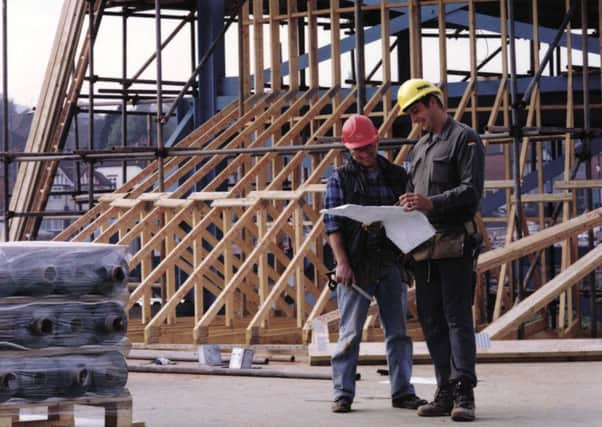There are ways of getting the new homes that Yorkshire needs


Fail to plan and you’re planning to fail, as the saying goes and in the mission to bring new homes to Yorkshire, it rings true.
The county is in need – and developers are willing – but there are barriers to progress including politics and objection to release of the Green Belt.
Advertisement
Hide AdAdvertisement
Hide AdNationally, Barton Willmore has delivered more than 1,600 planning applications, supporting more than 240,000 homes, over the last 12 months – which gives you some idea of the appetite from developers. But it’s not enough.
For starters, we need local authorities to step up the speed of Local Plan making. Local Plans are the fundamental stage in creating new homes.
They guide where developers can make applications, and set planning policy about what kind of development can take place. Without them, planners and developers cannot move forward, exacerbating shortages.
York, Harrogate, Hambleton, Craven, Calderdale, Kirklees, Wakefield, Doncaster and Sheffield all have no Local Plan, and this needs to change urgently. Harrogate has, however, made good progress. Meanwhile Leeds has adopted a broad Core Strategy, but not yet allocated sites for release.
Advertisement
Hide AdAdvertisement
Hide AdThe government has vowed to intervene in Calderdale and York if sufficient progress isn’t made.
Recent changes to the National Planning Policy Framework introduced a number of changes to make sure local authorities take action.
The government’s new standard method for calculating housing need is due to take effect this summer, but it means Yorkshire and Humber may miss out on vital new homes.
Barton Willmore’s analysis of the proposals show estimated housing need and housing targets would be reduced by as much as 25 percent –equivalent to 1,600 homes per year.
Advertisement
Hide AdAdvertisement
Hide AdRevisions to the NPPF will help to speed up delivery of housing by removing obstacles developers face in implementing planning permissions, however the
government has already made it clear that Green Belt land will continue to receive protection.
In many cases, this is the right thing but much of our Green Belt across the county is of poor quality, not the sort of lush landscape those two words evoke.
We need a sensible policy of Green Belt release to protect areas of natural beauty and simultaneously free-up land that is suited to housebuilding.
Advertisement
Hide AdAdvertisement
Hide AdI raised the issue of politics – and this is perhaps the biggest challenge for Yorkshire.
The government increasingly wants to regions to take charge of decision making and budgets through the devolution process. Without sufficient progress in Yorkshire-wide consensus, and a lack of leadership, this is not going to happen. The‘One Yorkshire’ approach by 18 councils is encouraging but must be supported by government.
Devolution deals across other city regions means strategic planning powers have been transferred from central government – allowing more flexibility to meet the exact needs of the area.
I also strongly believe that Yorkshire would benefit from the revival of government funding to make housing-led regeneration possible. Gap funding to support developments in deprived areas of the region could prompt jobs growth and commercial investment, alongside housing. It can help developers progress sites where house sales values otherwise wouldn’t make business sense. A great example of housing-led regeneration in the pipeline is Skelton Gate new community, a redevelopment of former colliery land into 1,800 new homes, food shops, a school and a local centre.